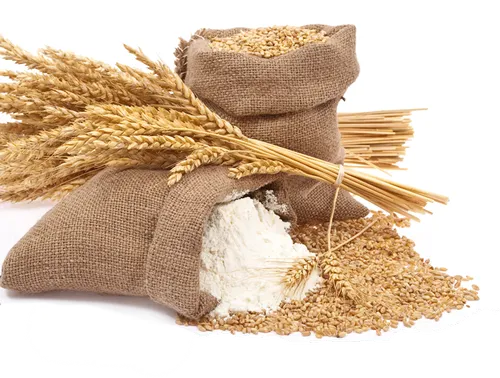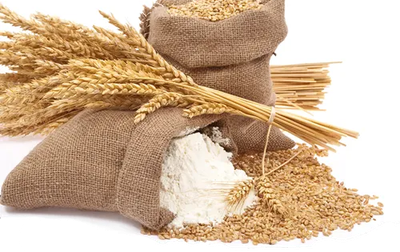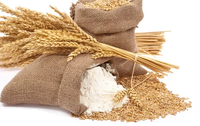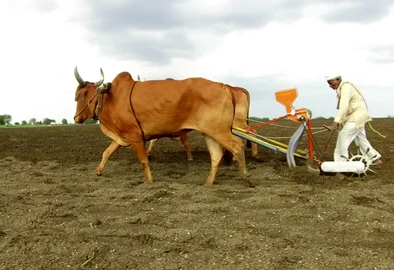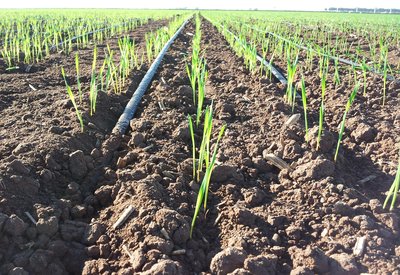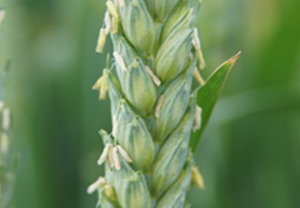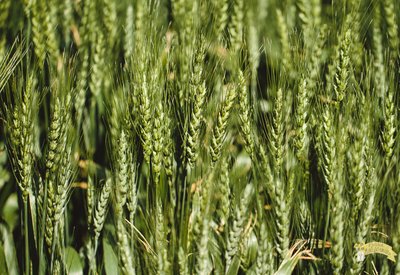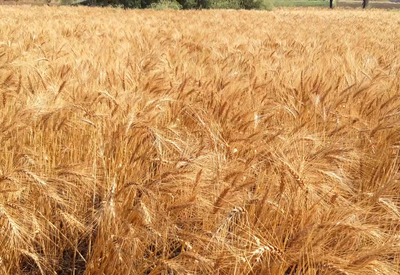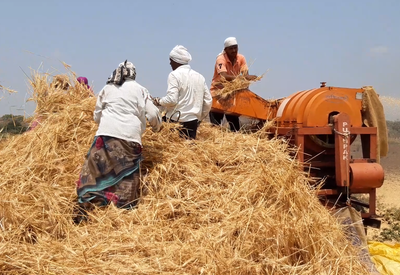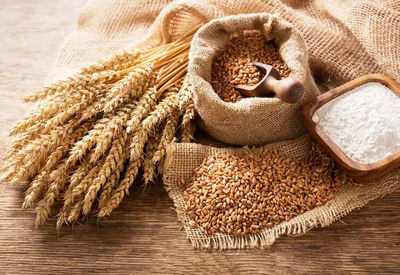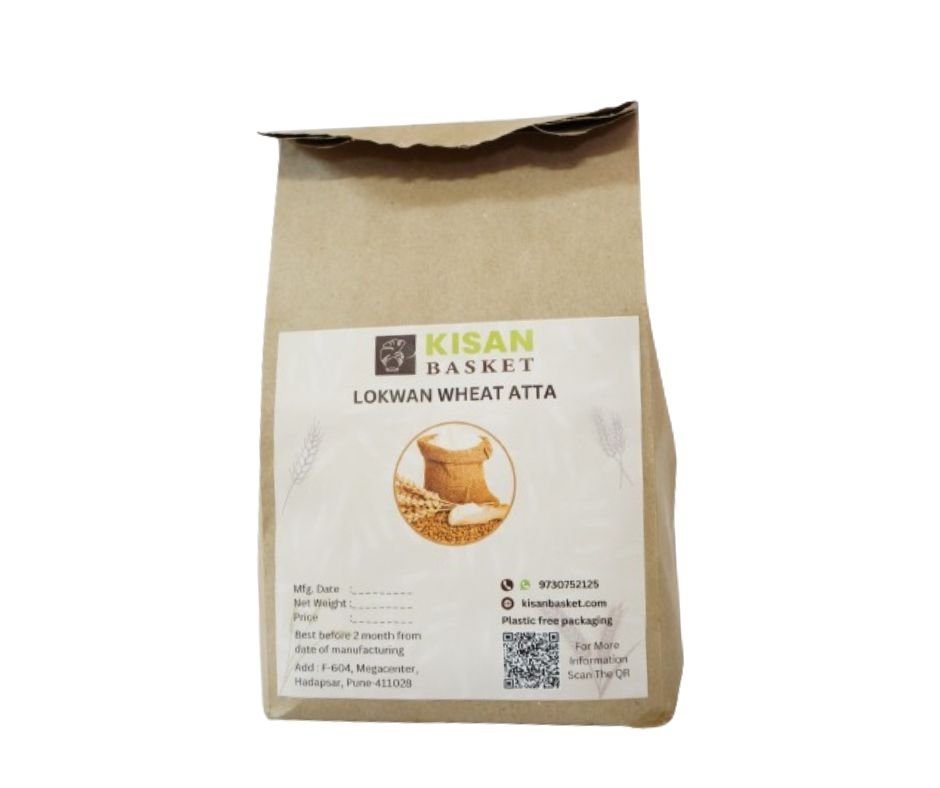Lokwan Wheat Flour
Lokwan wheat grains are short, plump, and have a golden-amber color. They are harder than other varieties of wheat, such as Sharbati and Phule. Lokwan wheat has a high gluten content, which makes it ideal for making chapatis, Puran polis, and parathas. The high gluten content also makes the dough more elastic and easier to roll out. Lokwan wheat is grown in parts of Madhya Pradesh, Southern Gujarat, Rajasthan, and Maharashtra. In Maharashtra, it is mainly grown in the Vidarbha region.
